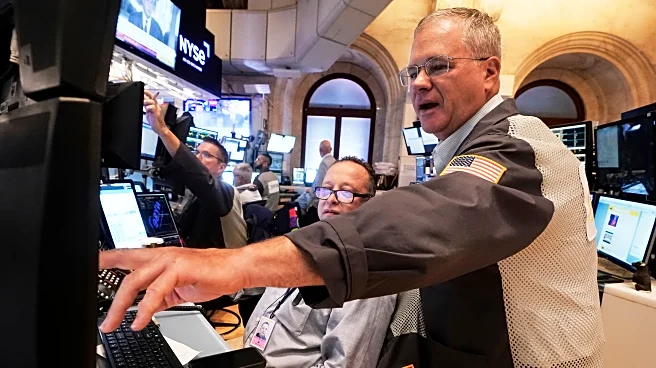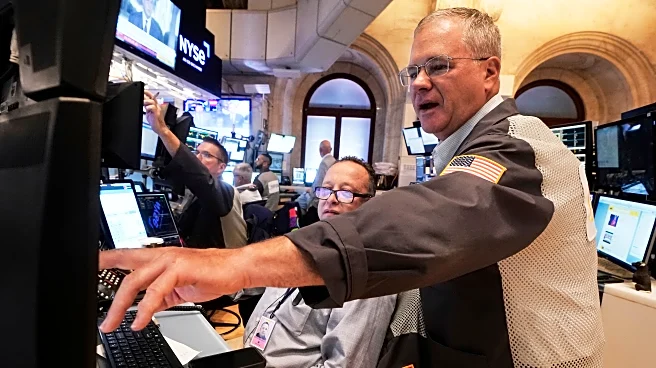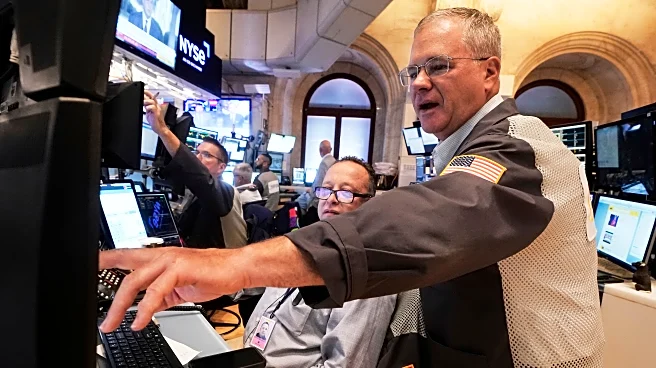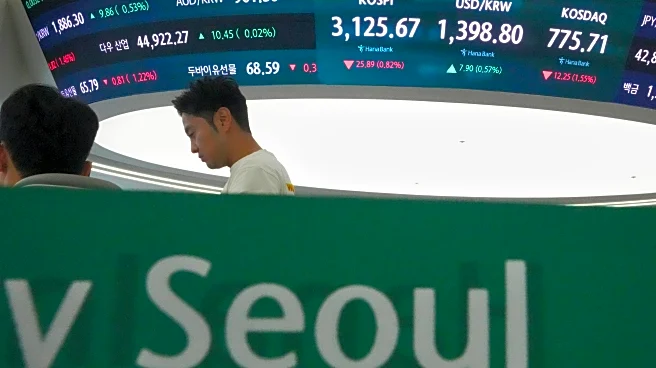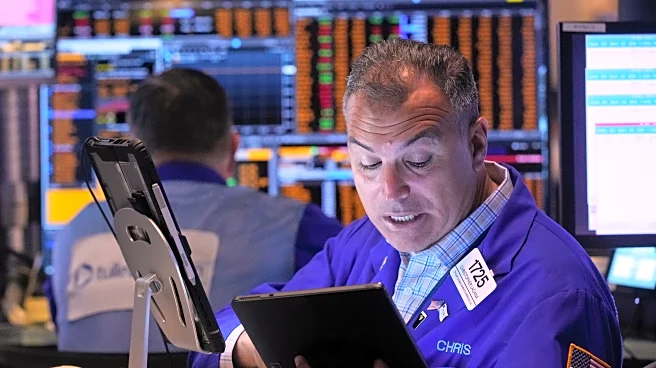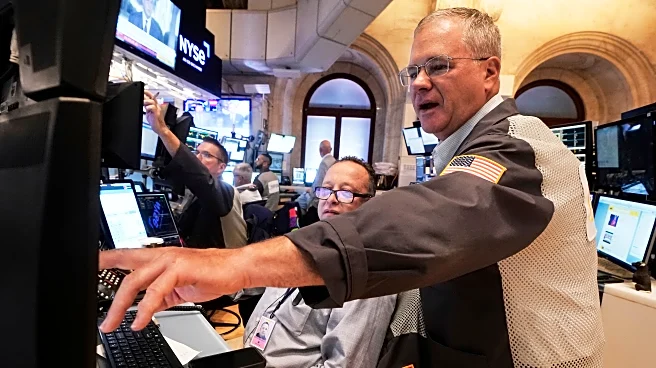What is the story about?
What's Happening?
Morgan Stanley has observed a divergence between the performance of U.S. stock markets and macroeconomic indicators. Despite policy changes under President Trump, including higher tariffs and tax cuts, the S&P 500, Nasdaq Composite, and Dow Jones Industrial Average have all shown significant gains in 2025. However, economic indicators such as hiring rates and inflation suggest a weakening environment. Morgan Stanley attributes this divergence to the varying impacts of policy changes on different market sectors, with some sectors benefiting from tax cuts and deregulation while others face challenges from tariffs and immigration limits.
Why It's Important?
The divergence between market performance and economic indicators raises questions about the sustainability of current stock market gains. Investors may need to consider the potential for market corrections if economic conditions continue to weaken. The situation also highlights the complexity of assessing market health based solely on stock performance, as underlying economic challenges may not be immediately reflected in market indices. This could have implications for investment strategies and economic policy decisions in the U.S.
What's Next?
As the U.S. economy continues to navigate policy changes and global economic conditions, investors and policymakers will need to closely monitor both market performance and economic indicators. Potential interest rate adjustments by the Federal Reserve, as indicated by recent remarks from Chair Jerome Powell, could also influence market dynamics. Additionally, sectors such as consumer discretionary stocks may face increased pressure, while industrials and semiconductors could remain resilient.
AI Generated Content
Do you find this article useful?


